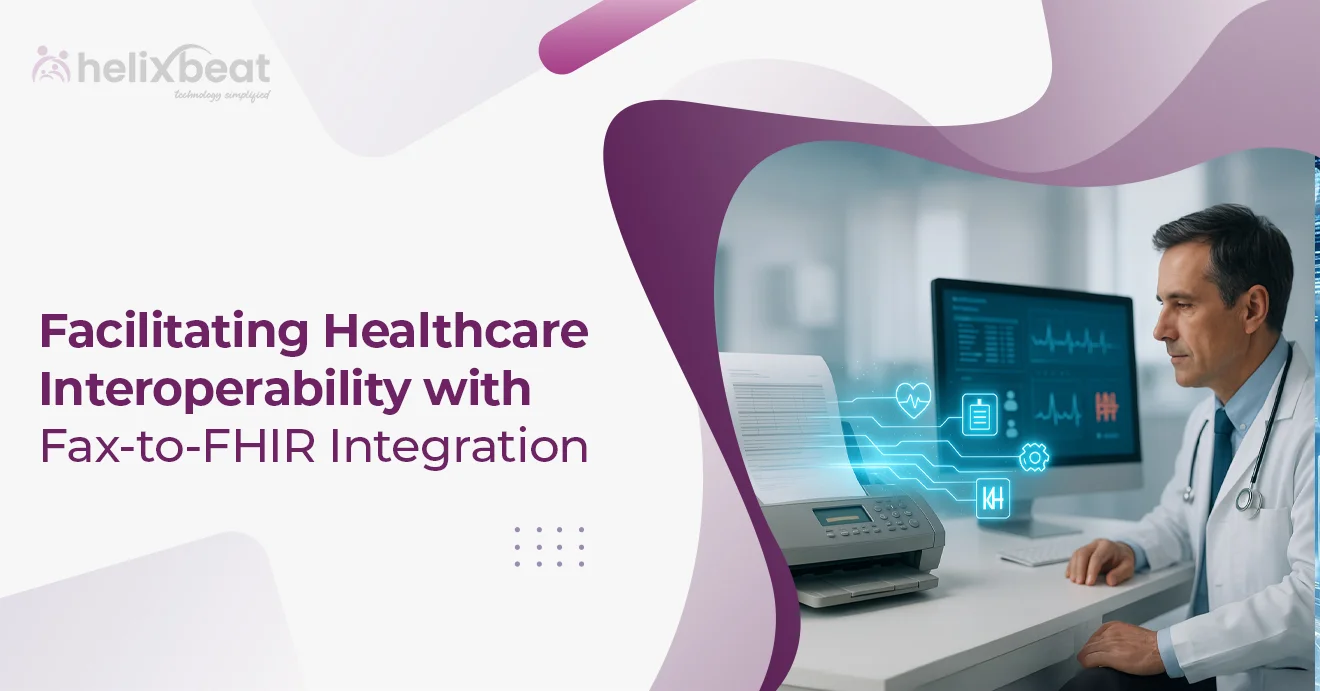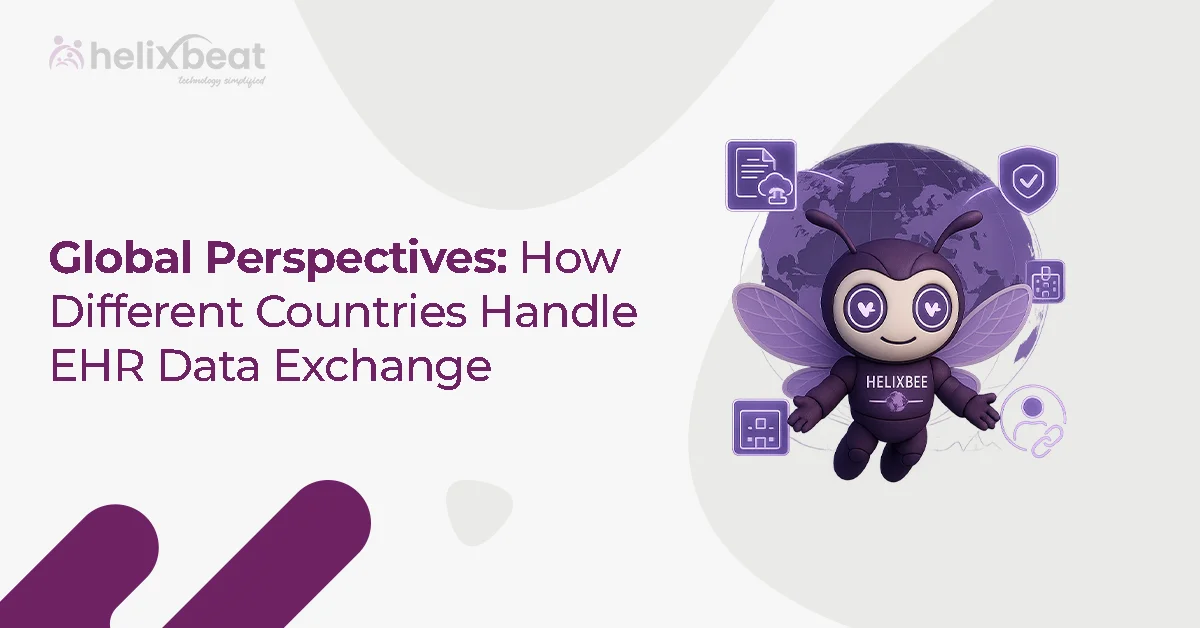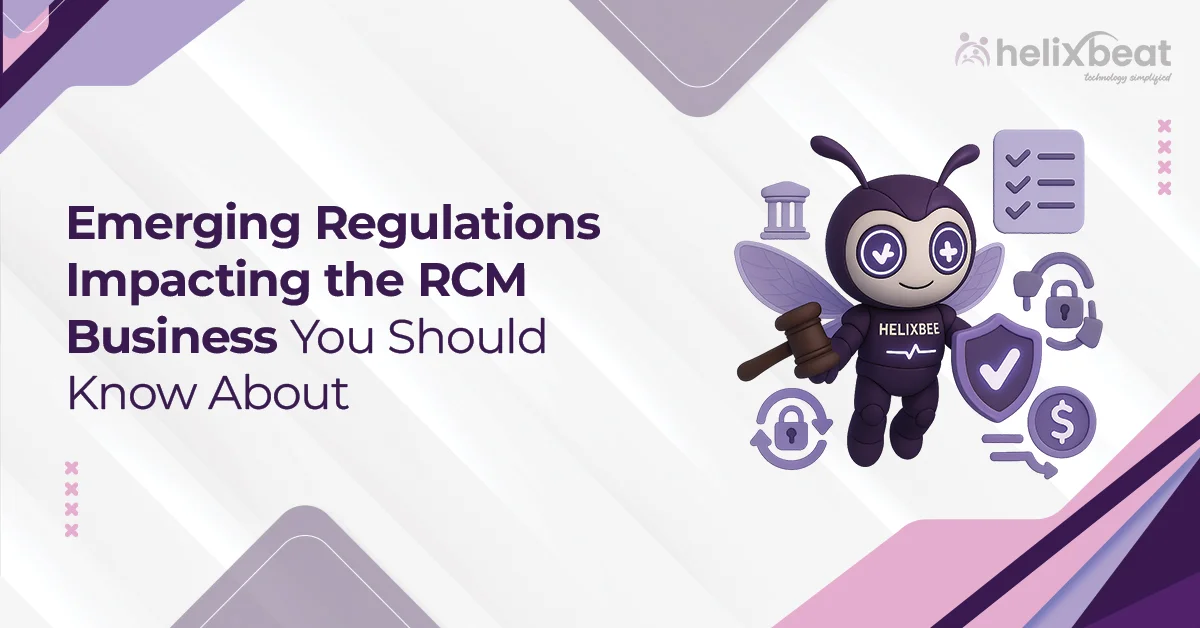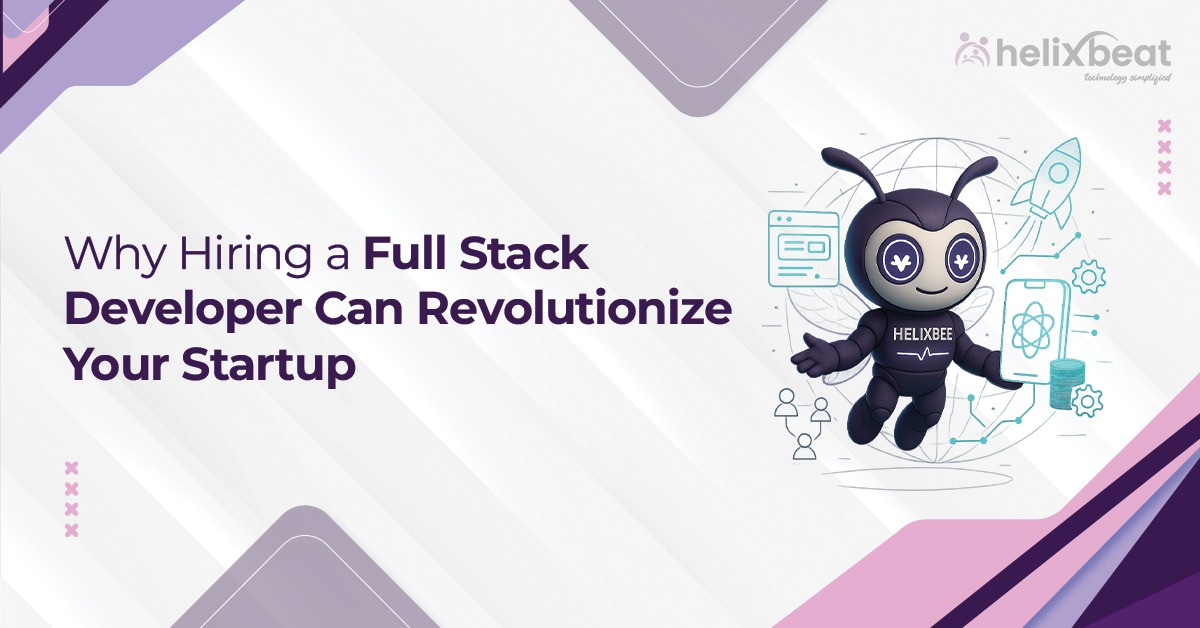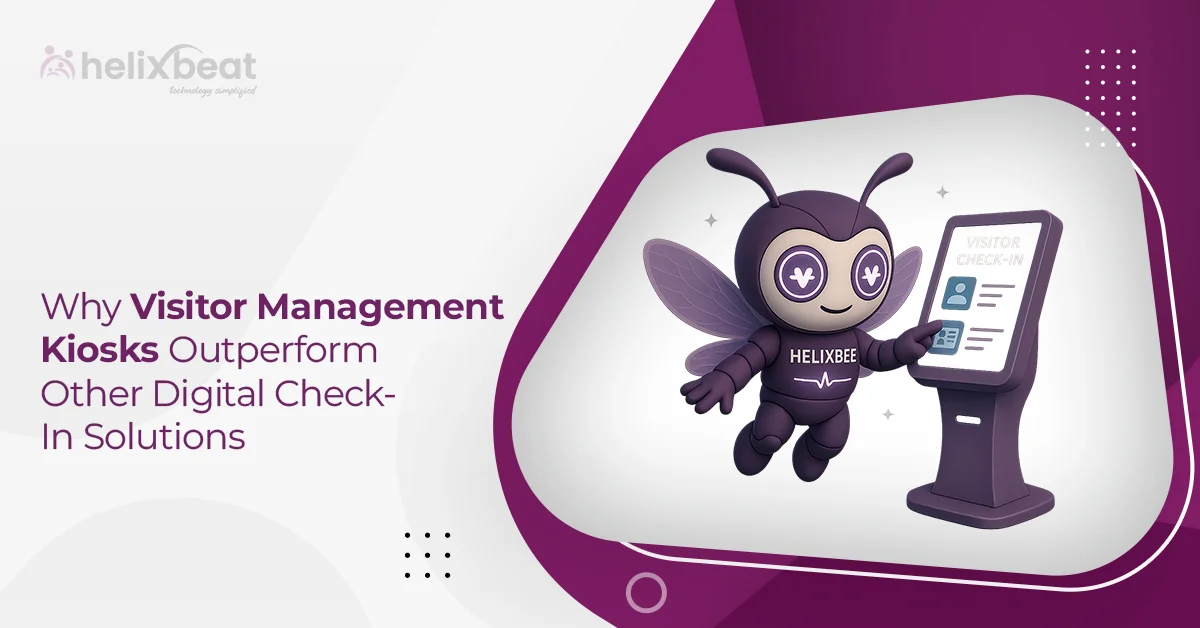In the age of artificial intelligence and advanced cloud computing, it’s surprising how one relic from the past continues to hold its ground in healthcare—fax machines. Despite the digital transformation sweeping across industries, faxing still plays a major role in medical communication. As of 2025, approximately 70% of healthcare providers continue to use fax machines to exchange medical information. This creates an interesting paradox: the industry striving for real-time interoperability still relies on paper-based systems.
So, how can healthcare systems bridge the gap between legacy fax communications and modern digital standards like FHIR? The answer lies in fax-to-FHIR integration, which transforms traditional faxed documents into structured, usable data within interoperable health systems.
Let’s explore how this integration works, why it’s a critical step for true interoperability, and how FHIR-based data standardisation is turning static documents into actionable information.

Table of Contents
Why Healthcare Still Relies on Fax
Faxing remains prevalent in hospitals, clinics, and physician offices for several reasons. These include:
- Legal familiarity: Faxed documents are often considered secure and admissible in court.
- Lack of digital infrastructure: Not all providers have advanced EHRs or interoperability solutions, especially in smaller practices.
- Wide compatibility: Fax machines can send and receive documents from nearly any healthcare facility, regardless of their digital capabilities.
But faxes are notoriously inefficient for data processing. They are static, non-structured, and require manual entry, which increases administrative burden and the risk of errors.
The Interoperability Roadblock
Interoperability in healthcare means patient data flows seamlessly across systems, enabling care teams to collaborate effectively. However, faxed documents create a bottleneck where:
- Manual workflows slow down decision-making
- Critical data buried in images or text blocks
- Lack of structured formats blocks integration with EHRS and HIEs
This is where the shift from paper to structured electronic data becomes vital. And that’s where FHIR-based data standardisation comes into play. It converts disparate formats—PDFS, faxes, even handwritten notes—into FHIR-compliant data objects. This allows interoperability tools to:
- Index data correctly in EHRS
- Trigger workflows automatically
- Feed insights into clinical decision support systems
By mapping faxed content into standardized FHIR resources, healthcare providers can access accurate, structured data that can move freely across platforms.
How Fax-to-FHIR Integration Works
Bridging the gap between paper-based faxing and digital FHIR data involves multiple steps. Here’s a simplified flow:
1. Fax Reception and Digitization
Incoming faxes are received via electronic fax systems or cloud fax APIs. These digitized versions are then passed to Optical Character Recognition (OCR) software.
2. OCR and NLP Processing
OCR extracts text from fax images, while Natural Language Processing (NLP) tools identify key medical entities such as patient names, medications, diagnoses, or lab values.
3. Data Mapping to FHIR Resources
The parsed data is structured into FHIR resources like Patient, Observation, Condition, or MedicationRequest. For example:
- A lab result in the fax → FHIR “Observation”
- A prescription refill note → FHIR “MedicationRequest”
4. Validation and Integration
These FHIR resources are validated against schema and business rules before being pushed into EHRs or shared across HIEs (Health Information Exchanges).
Benefits of Fax-to-FHIR Integration
Transforming static faxes into interoperable data delivers measurable improvements in clinical and administrative workflows:
1. Reduced Manual Data Entry
By automating data extraction, clinicians no longer need to retype faxed lab results or referrals into EHRs. This frees up staff time and lowers error rates.
2. Faster Care Coordination
Because structured data is instantly usable by other systems, it can trigger alerts or notifications for care teams to follow up, ultimately reducing care delays.
3. Improved Patient Safety
Important information such as allergy data or medication changes can be processed faster, which minimizes the risk of adverse drug interactions.
Long-Term Digital Transformation
This approach allows healthcare organisations to modernise without completely overhauling legacy systems. By doing so, Fax-to-FHIR acts as a bridge toward full interoperability.
Emerging Technologies Powering Fax-to-FHIR
The growing demand for interoperability is driving innovation in fax-to-FHIR tools. Some of the technologies making this possible include:
- AI-Powered NLP Engines: Recognize medical terms and context in free text
- FHIR Mappers: Automatically convert parsed data into FHIR-compliant resources
- Cloud Fax APIs: Seamlessly receive faxes in digital format, such as via eFax or SRFax
These technologies allow healthcare providers to convert decades-old communication methods into actionable digital records.
Fax-to-FHIR as a Stepping Stone
While many organizations dream of fully digital, cloud-native systems, the reality is that healthcare transformation happens in stages. Fax-to-FHIR isn’t a final destination—it’s a transitional phase that helps organizations move from legacy systems to modern interoperability.
By adopting FHIR-based data standardisation, organisations can:
- Build longitudinal patient records
- Enable predictive analytics
- Share care plans across different providers
- Support value-based care models
Fax-to-FHIR, therefore, is not just a workaround—it’s a meaningful first step toward a more connected healthcare ecosystem.
How AERIS Solves the Fax-to-FHIR Problem
1. Real-Time Data Exchange
Unlike fax, which relies on manual handling and physical transmission, AERIS provides real-time data transfer across systems. As a result, healthcare providers can access patient data instantly.
2. Seamless Integration with Existing Systems
AERIS is designed to integrate effortlessly with your current healthcare systems, including EHRs, billing platforms, and patient management tools. Thus, it eliminates the need for separate, siloed systems.
3. Enhanced Data Accuracy
AERIS transmits data digitally in standardized formats like JSON and XML. Therefore, it eliminates the errors and legibility issues common with faxed documents.
4. Security and Compliance
While faxing complies with HIPAA regulations, it lacks the security features offered by modern digital platforms. AERIS, built on FHIR standards, employs state-of-the-art encryption, which protects patient data during transmission and storage.
5. Cost and Time Savings
Faxing is an expensive and inefficient process, relying on paper, ink, and dedicated phone lines. AERIS eliminates these costs, saving your organization money while increasing productivity.
6. A Future-Proof Solution
As healthcare systems move towards digital and cloud-based solutions, AERIS prepares your organization for the future. By adopting FHIR-based data exchange today, you are positioning yourself for a more efficient, scalable, and flexible future.
The Path to True Healthcare Interoperability
Fax-to-FHIR integration offers a way to modernise this traditional method of communication, allowing faxed documents to become part of the interoperable data stream. By leveraging data standardization, healthcare providers can overcome the challenges of legacy systems, reduce manual data entry, and facilitate real-time access to patient information.
Let AERIS help you streamline your healthcare data exchange. Contact us today for a demo and learn how we can support your transition to FHIR-based interoperability.
FAQs
1. How does AERIS facilitate the fax-to-FHIR transition?
AERIS enables real-time data exchange and integrates faxed information into modern healthcare systems using FHIR-based data standards. This streamlines workflows, reduces errors, and enhances patient care by turning faxed data into actionable, structured information.
2. How does FHIR-based data standardization help healthcare interoperability?
FHIR-based data standardization enables seamless data flow across various healthcare systems, allowing patient information to be shared easily and accurately between different providers, triggering workflows, and improving decision-making without the bottlenecks of paper-based data.
3. Does AERIS offer cost savings over traditional faxing?
Yes, by eliminating the need for paper, ink, and dedicated phone lines, AERIS significantly reduces costs associated with faxing. It also automates data transfer, saving time and reducing administrative burden.
4. Why do healthcare providers still use fax machines?
Healthcare providers continue to use fax machines due to legal familiarity, the lack of advanced digital infrastructure in smaller practices, and wide compatibility across healthcare settings. However, faxing is inefficient and hinders real-time data access.



